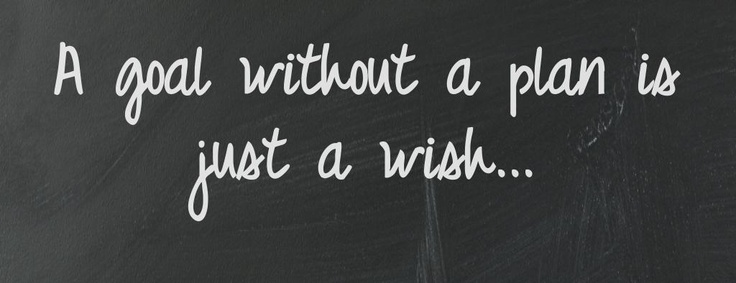Goal setting may be the single most important thing for you if you’re trying to achieve something. More often than not, people want to accomplish a lot and end up accomplishing nothing at all, which is a huge cause of frustration and demotivation and that is why goal setting is important. Read on to understand effective goal-setting techniques and apply them in your life to achieve your goals.
1. Not All Goals Are ‘Goals’
Looking at everything you ever wished to achieve, you can recall that not all of your wishes received equal attention from you. French writer Antone de Saint-Exupery said, “A goal without a plan is just a wish.” Were some (or a lot) of your goals just passing desires? I bet they were. This situation causes cloudy thinking. The mind reads the unachieved goals as failures, which explains why there is a lot of resentment, frustration, and unhappiness. To avoid such confusion, your goals should have clarity. Clear goal setting is key to the achievement of goals.
2. Positive Framing of Goals
While writing or stating your goals, it is important to think of what you want rather than thinking about what you don’t want. So frame them positively; focusing on achievement and rewards rather than keeping hurdles and difficulties in your mind.
3. Creating Meaningful Goals
Goals are much more likely to be materialized if they are meaningful to you. If a goal is harmonious with your personality and is initiated by you due to its compelling nature, you are going to work hard towards its accomplishment.
4. How Much Control Do You Have On Your Goal?
Speaking regarding control, goals are of two types. Some goals are entirely dependent on you; which means you have all the control over the outcome of that goals.
Then there is another kind of goal in which the outcome is dependent on a lot of factors. For example, if you are playing tennis against another player and you aim to win, it all depends on how well you do. However, if you are playing a football match and want to win, the whole team should perform in a certain way. In the latter situation, you don’t have much control over what your teammates do.
5. Visualizing the Achievement
Another great filter for goal setting is visualizing the achievement of your goal. What will success look like? What will people say about it? How will it feel to you? These are the questions you should answer while setting a goal. A visualization of consequences will further strengthen your goal. Ask these questions yourself. Why do you want to do it? Who will benefit from it? Where will it lead you to?
6. Resource Identification
A significant part of goal-setting and execution is resource identification. Every goal requires the utilization of a set of resources. Typical resources are skills, information, mindset, time, focus, money, energy, and training. Before setting a goal, it is necessary to ensure the availability of all the resources required to establish it.
7. Are Your Goals Holistic?
Not all goals align well with everything that matters to you. Some goals may not be good for your health. Some goals may be good for you but not so good for your family. I hope you get the point. A goal must be holistic, ecological, and concordant with all the important aspects of your life.
8. Setting Time-Bound Goals
A deadline is a must for all the goals you set. It consistently acts as a reminder and triggers action toward the goal. For example, ‘I will learn graphics designing by 31st December 2016’. By mentioning the exact date of completion, you are automatically directing your mind toward the goal. The absence of a timeline sends a signal to the brain that this goal is not that important so there’s no need to take any action.
By now you must have realized what went wrong with the wishlist you had. You probably have acknowledged that many of your goals have been vivid and vague. In Kung Fu Panda 3 Master Oogway says to Kai, “The more you take, the less you have.” It’s the same with goals. The more goals you set at a time, the fewer chances that you’ll achieve any of them. Take away from this article is that next time when you sit down to set a goal; measure that goal against this checklist. It will help you prioritize the most important goals and achieve them by working on them diligently.




